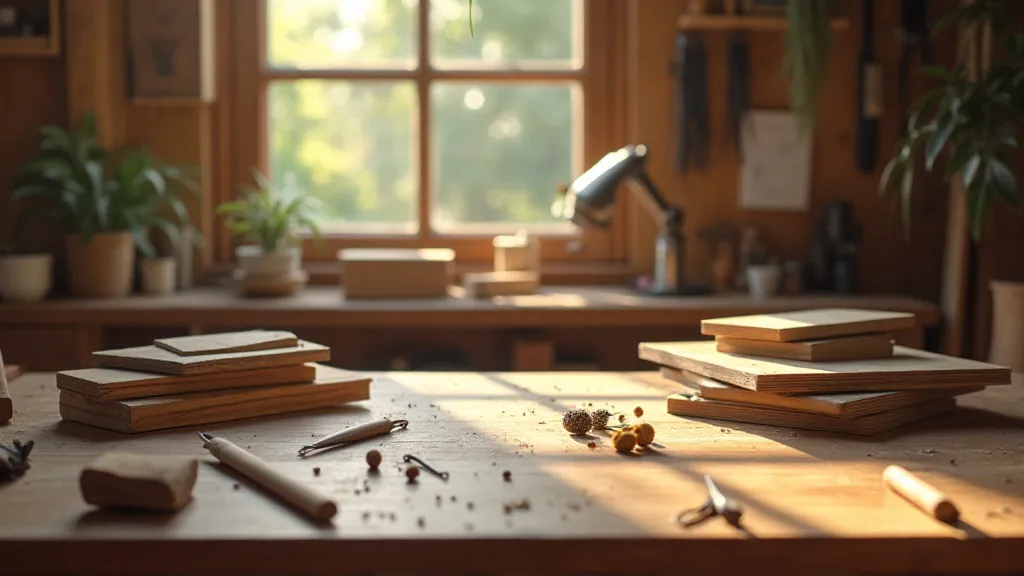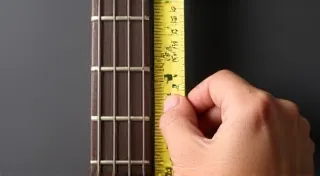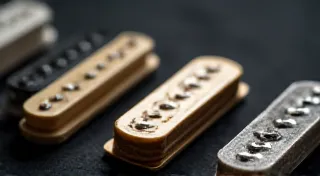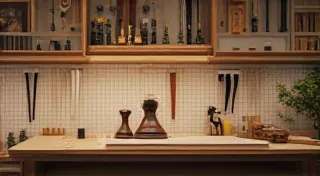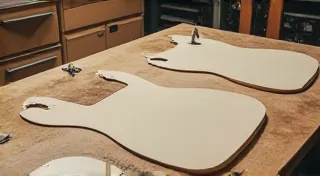Essential Tools for Building Your First Electric Guitar: A Budget-Friendly List
So, you’re ready to build your first electric guitar? That’s fantastic! The thought of a fully-equipped workshop filled with fancy tools might seem daunting, but the truth is you don't need to spend a fortune to get started. This guide will break down the essential tools you *actually* need for a successful DIY guitar build, focusing on affordable options. We're keeping this practical and budget-conscious, so you can start building without breaking the bank.
Before we dive into the tools, it's important to consider the materials you’ll be working with. Selecting the right wood is crucial for the tone and overall feel of your guitar. The choice of wood, and how easy it is to work with, will impact the tools you need and the approach you take. If you’re unsure where to start, checking out a guide to choosing your first guitar wood can be a great first step.
The Core Tools: What You Absolutely Need
Let's divide these into categories: Cutting, Drilling/Fastening, Shaping, and Measuring/Marking.
Cutting: Getting Started with Precision
Cutting wood accurately is crucial. Here’s what you need:
- Hand Saw (Crosscut Saw): A basic hand saw is your primary cutting tool. Look for a crosscut saw, as it's designed for cutting across the grain of the wood. A 15-20 inch saw is a good starting point.
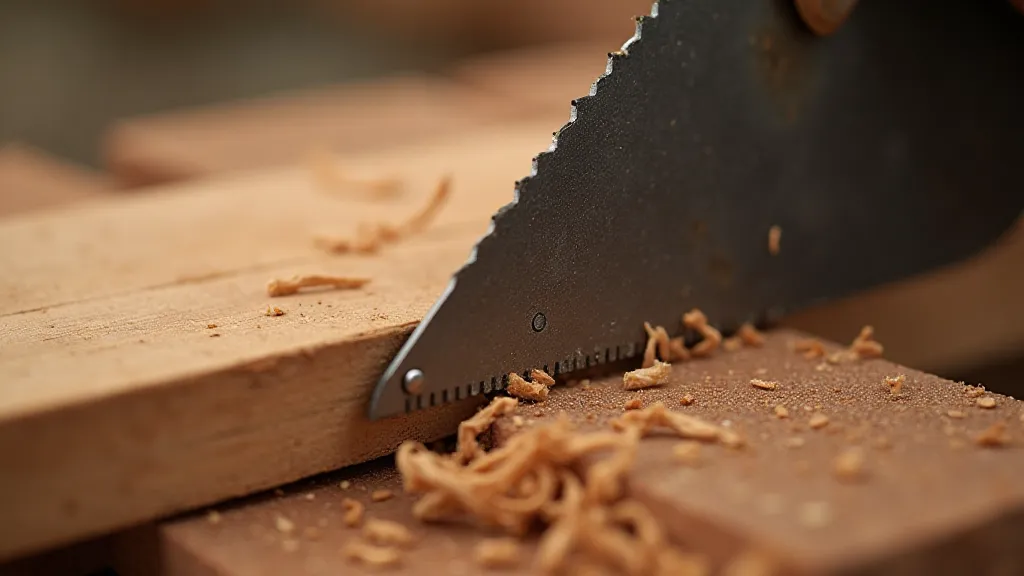
- Coping Saw: For intricate cuts and curves, a coping saw is indispensable. This tool allows you to tackle those challenging cuts needed for neck pocket or pickup routing.
Drilling & Fastening: Bringing It All Together
Securing parts is vital. These tools will help you:
- Cordless Drill/Driver: A cordless drill/driver is a huge time saver. Look for a model with variable speed and a clutch.
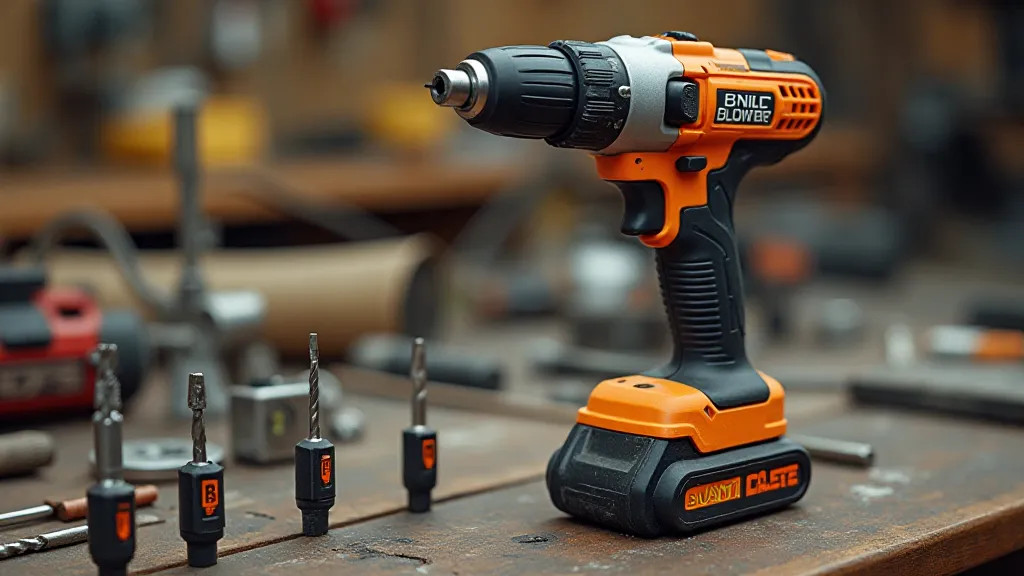
- Drill Bits: A basic set of twist drill bits is essential, covering a range of sizes. For pilot holes, use smaller bits to prevent wood splitting.
- Screwdrivers: A set of Phillips and slotted screwdrivers of various sizes is a must.
Shaping: Refinement and Detail
Shaping the wood to achieve the desired contours and smooth surfaces requires these tools:
- Wood Rasps: Wood rasps are perfect for removing material quickly and shaping curves. Consider how the wood you choose might impact the shaping process - some woods are easier to shape than others. The "Wood's Memory," as some luthiers call it, significantly affects how a wood responds to shaping.
- Wood Files: For finer shaping and smoothing, a set of wood files will be your best friend.
- Sandpaper: Various grits of sandpaper (80, 120, 220, 320 and up) for smoothing surfaces. The quality of your sandpaper makes a big difference in the final finish of your guitar.
- Surform Tool: A Surform tool (or similar shaper) is surprisingly helpful for quickly removing material and establishing rough shapes.
Measuring & Marking: Accuracy is Key
Precise measurements are crucial for a well-built guitar.
- Measuring Tape: A 12-foot measuring tape is standard.
- Combination Square: For marking 90-degree angles.
- Pencil: Several pencils for marking your cuts and measurements.
- Ruler: A small ruler (6 or 12 inch) for detailed marking.
Beyond the Basics: Expanding Your Toolkit
While the tools listed above will get you started, as you gain experience, you might want to consider adding a few more specialized tools to your arsenal. For instance, many builders find a router indispensable for creating clean and precise cavities for pickups and other hardware. Learning safe and effective router techniques for guitar building can significantly improve your builds, but safety is paramount when using this powerful tool. Understanding how to safely use a router is essential before taking on more complex cavities.
Saving Money & Alternatives
Building a guitar doesn't require the most expensive tools. Here are some ways to save money:
- Buy Used: Check online marketplaces (Facebook Marketplace, Craigslist) for used tools. You can often find excellent deals.
- Borrow or Rent: If you only need a specific tool for a short time, consider borrowing from a friend or renting from a tool rental shop.
- Start with Basics: Don't buy everything at once. Start with the essential tools and add more specialized tools as you gain experience.
- Consider Alternatives: For example, a spokeshave can sometimes replace a rasp for shaping curves.
- Evaluate Wood Choice: Different types of wood require different approaches. Some woods are much easier to work with than others. Selecting the right wood for your skill level and intended design can influence the tools you need.
Important Considerations & Safety
Beyond the tools themselves, remember that safety should always be your top priority. Always wear appropriate safety gear, including eye protection and a dust mask, when working with wood. Read and understand the operating manuals for all of your tools before using them. Proper ventilation is also essential, especially when sanding or using finishes. When you move onto more advanced techniques, such as installing frets, you'll need to develop even more careful practices. Proper fret installation is a critical step that requires precision and care.
Planning Your Project
Before you even pick up a tool, take the time to plan your project carefully. Draw up detailed plans, gather all of your materials, and make sure you have a dedicated workspace. A well-organized workspace will not only make the building process more enjoyable but also help you avoid mistakes. Don't underestimate the importance of templates! Many builders find guitar templates invaluable for achieving accuracy and consistency in their builds.
Understanding Tonewoods
The choice of wood significantly impacts the tone and feel of your guitar. While we've touched on wood selection briefly, exploring different tonewoods and their characteristics can be a fascinating journey. Researching various wood types and their sonic properties will help you make informed decisions and create a guitar that sounds exactly as you envision. Remember that selecting easier-to-work-with woods initially can be a smart move for beginners. The influence of wood on the final sound is undeniable, and many guitarists become lifelong students of tonewood characteristics.
Long-Term Investment
While you can start building a guitar with a relatively small investment in tools, consider that this is often a long-term hobby. As you improve your skills and tackle more complex projects, you’re likely to want to expand your toolkit. Think of it as an investment in your craft – the better your tools, the better your guitars will be. And remember, even the most expensive tools are worthless if you don’t understand how to use them properly!
Remember, building a guitar is a journey. Don't be afraid to experiment and learn as you go. With a few essential tools and a little patience, you can build your own electric guitar and enjoy the satisfaction of creating something with your own hands. 